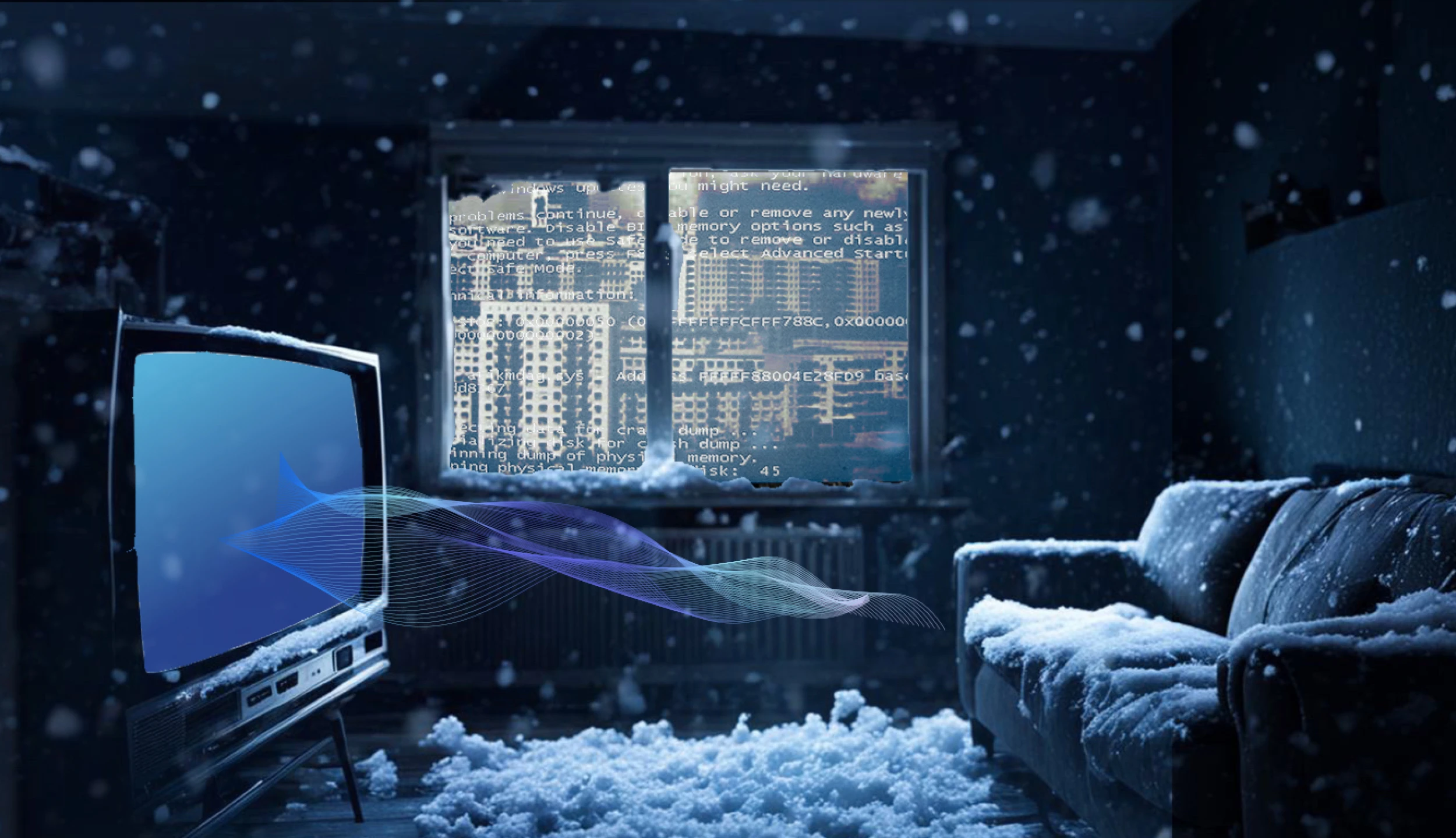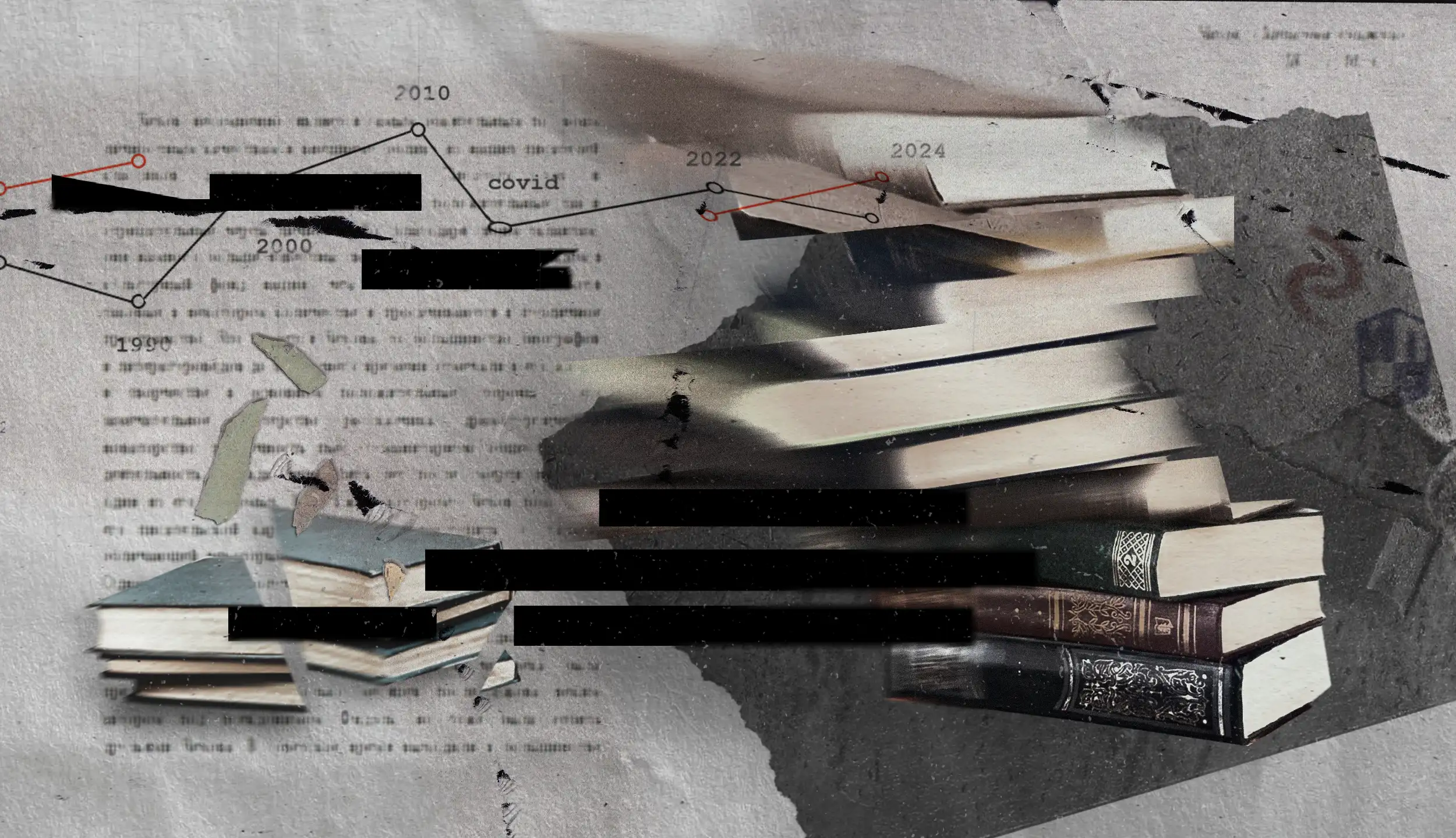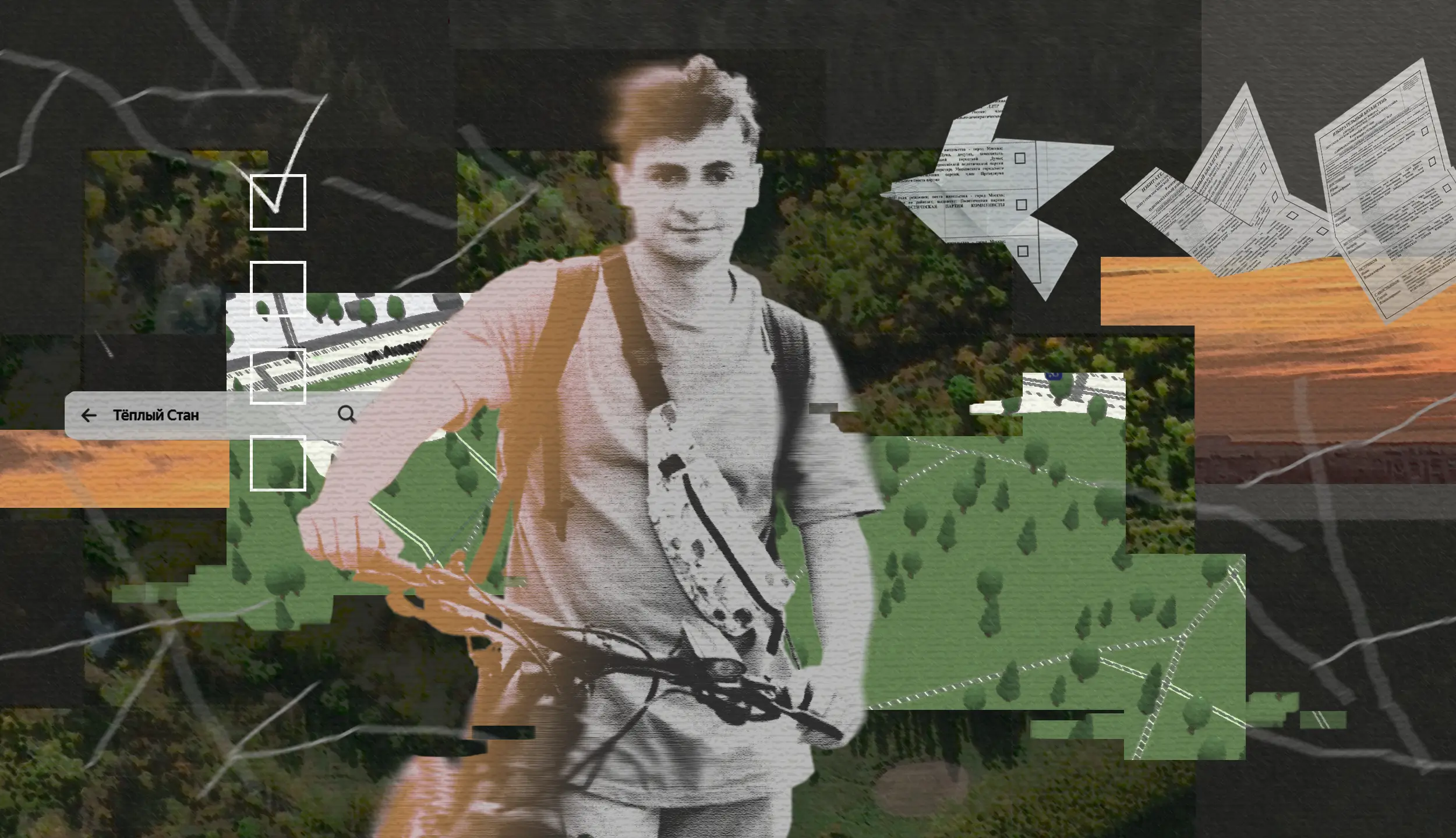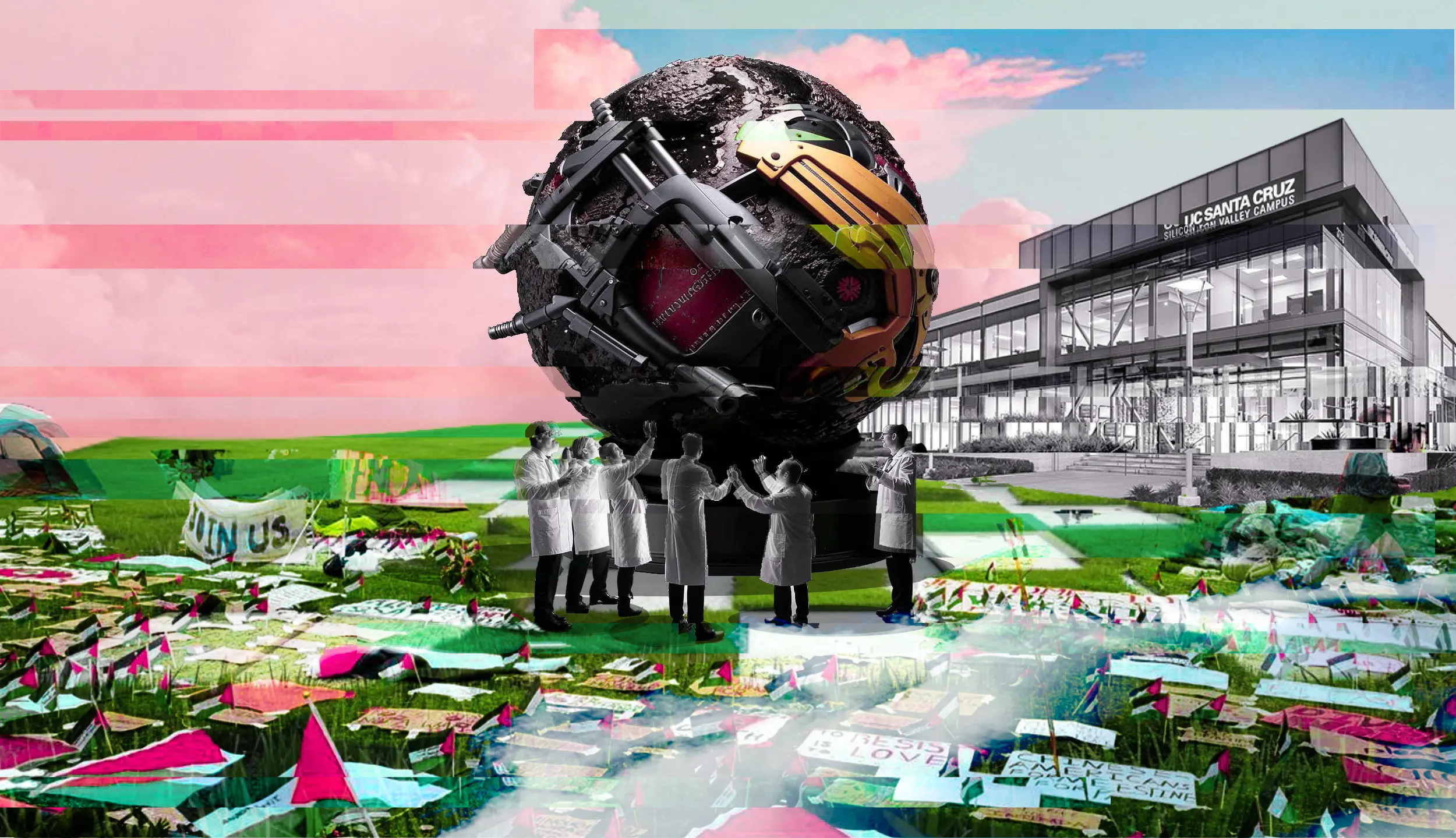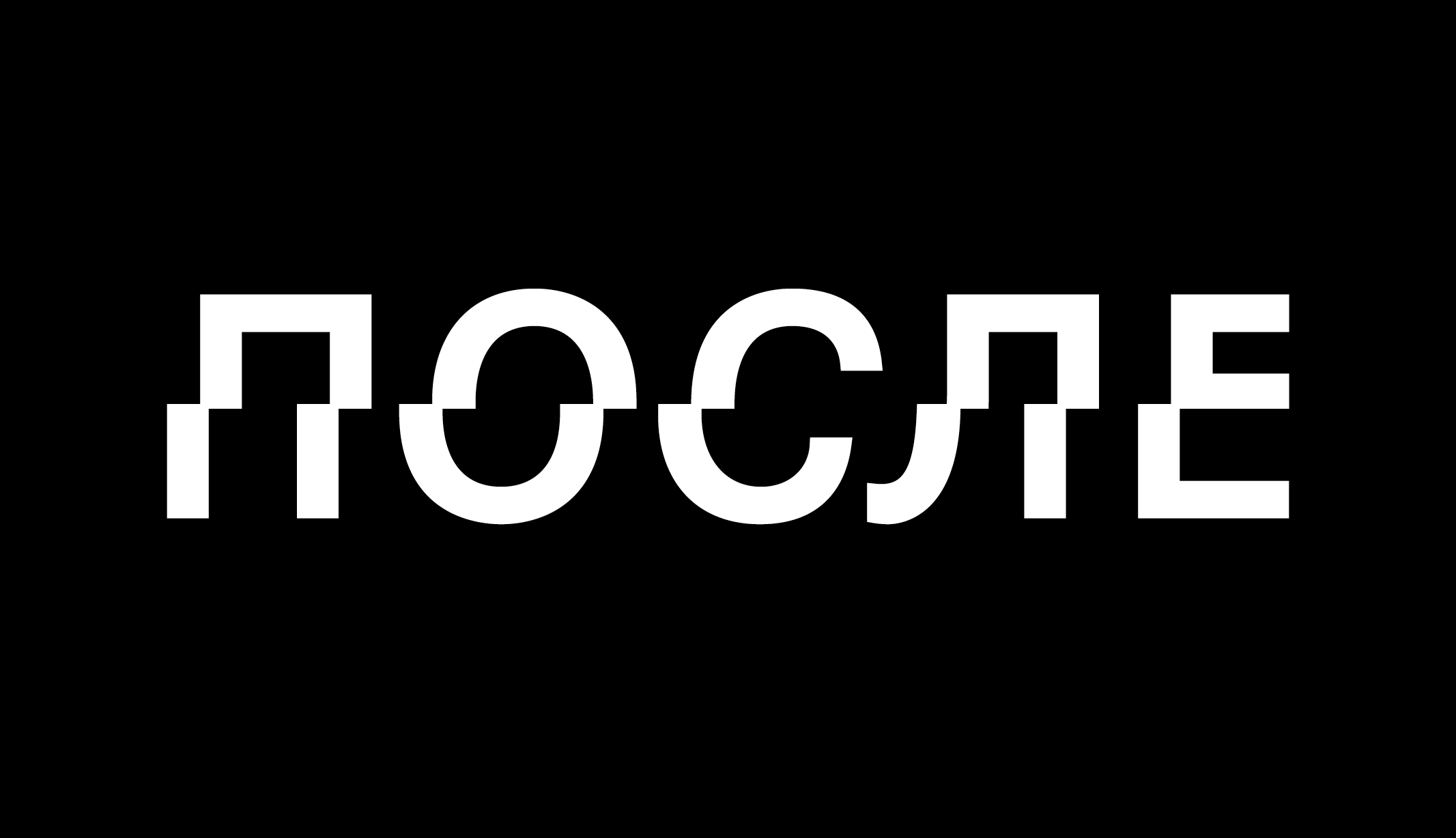On April 12, 2014, a detachment of Russian soldiers captured the Ukrainian city of Slov’yansk. Over the following months the city served as the center of so-called “Donetsk separatism” and military retribution. The operation was led by Igor Strelkov, a Russian military man, lover of historical reenactments, and active participant in the seizure of Crimea a month earlier. On May 6, a fierce battle for the Donetsk airport began. It lasted 242 days, and by its end in January 2015, the airport was completely destroyed. On May 11, Russian-controlled separatists staged referendums and declared independence for the “Donetsk People’s Republic” and “Luhansk People’s Republic.” On May 12, Ukraine’s military leadership launched an anti-terrorist operation (ATO). Eastern Ukraine plunged into darkness and became the scene for continuous war: pro-Russian formations, volunteer detachments, special forces and the armed forces of Ukraine (AFU) operated in the territory.
The war brought destruction, fear, constant disinformation, and civilian casualties. Over 3,000 civilians were killed in the first two years of fighting in the Donbass. The next surge in civilian casualties would occur in 2022 with Russia’s full-scale invasion of Ukraine. Despite plenty of evidence, the Russian leadership denied its military operated in the territories of the self-proclaimed republics. Russia also supplied equipment and ammunition, not to mention manpower. Despite the Minsk agreements, which aimed at de-escalating the conflict, mutual shelling and battles between pro-Russian forces and the Ukrainian military continued. And although the most violent clashes and bombings occurred in the first two years of the war, eastern Ukraine turned into a space of lawlessness, tyranny and violence.
Russian officials blamed the conflict on Ukrainian nationalists and politicians hostile to Russia. All the while denying Russian involvement in the paramilitary lawlessness. The Ukrainian military defended, advanced and retook areas of the occupied territories. Yet, despite constant outbreaks of fighting between combat units, the conflict’s scale, to say nothing of the human suffering, has been underestimated. Its political meaning — Ukraine’s struggle for self-determination against the backdrop of Russian authoritarianism mutating into dictatorship — was only clarified much later.
It’s been 10 years since the start of the war in eastern Ukraine. And to mark the date, we are publishing an article by Stanislav Vasin. He published it in 2016 in the Ukrainian publication Zerkalo nedeli. Against the backdrop of constant Russian aggression, Vasin’s personal observations of the conflict in Donbass are valuable evidence. This is not only an article, but also a period document that allows us to clearly see what the real war was like and how it began.
We all want an answer to the question: quid prodest? — Who benefits? Who’s deliberately shelling civilian neighborhoods in Donetsk and Makiivka? Maybe it’s not even worth asking: Your political position could give you the answer. But those who still consider themselves Ukrainians in Donbas have learned that since the 2014 occupation the answer has become a litmus test for understanding this war.
I remember one of my few trips into [Ukrainian] controlled territory. It was in the fall of 2015, in Kyiv. At one of the metro stations, I asked a passer-by for directions. In response, the man politely asked where I was from. My answer “From Donetsk” obviously surprised him, but I was personally more surprised by his next comment. “And how are things in Donetsk? Are they still shooting or is it quiet now?” I remember that I immediately realized that we were really from different countries. And I am not talking about a country different from Ukraine. But the land of common sense. Some, and I don’t know why, have clearly never lived in that “country”.
The conversation took place right after my arrival to Kyiv. I had left Donetsk the day before under the deafening thunder of the nightly barrage. At the airport before dawn, I could hear gun fire as I queued up at the checkpoint. The outskirts of Donetsk were shelled again that day. And we lost soldiers. But the separatists reported three dead as well. After waiting in line for several hours on a cold night in the middle of nowhere, many people didn’t dare leave their cars to go to the toilet. Because instead of restrooms there were periodic rusted signs warning about “mines.” This image flashed in my head for a second as I was thinking about what to say to the person who sincerely wondered whether there was still “shooting” in Donetsk.
The war never seeped into the national consciousness [in Ukraine]. And strangely enough, its spread is ensured precisely by the “other” side. The recent major escalation which started on June 8 serves as a case in point. On June 9, I received a call from a Kyiv TV channel. A young woman naively asked: “Why did tonight’s shelling produce such a buzz in separatist media? Is there really something serious going on?”
The night before, Donetsk was under a blanket of noise. Shells exploded in the city outskirts. The air in the city center vibrated from heavy gunfire. The sky right above my house was ablaze with the flashes of anti-aircraft guns trying to shoot down Ukrainian drones. Every now and then the lights went out. The next morning after the attack, it turned out that not only had Donetsk been hit. Over a dozen houses were destroyed or damaged on the outskirts of Makeyevka. Shrapnel pierced the metal utility poles in the courtyards as if something hot had just burned through a soft fabric. One woman was killed and fifteen civilians were wounded. We lost several soldiers, and a couple of days later, another six more. A few of them were pulled out from under the rubble. The gunfire only intensified over the next few nights. Local CCTV cameras captured a fire outside Donetsk. That’s how things have been almost every night lately. Is it serious? I think so.
Who’s deliberately shelling civilian neighborhoods in Donetsk and Makiivka? Maybe it’s not even worth asking: Your political position could give you the answer. But those who still consider themselves Ukrainians in Donbas have learned that since the 2014 occupation the answer has become a litmus test for understanding this war.
It is no secret that the separatists’ military bases are mainly located in residential neighborhoods. As Aleksandr Nevzorov once wittily noted, these people are really hiding behind gooseberry sellers and tradeswomen in aprons. At the end of 2014, Makiivka’s Hirnytskyi district was dealt the heaviest blow. Even though Makiivka is, as some like to say, in the eye of a hurricane, and therefore the calmest place, the Grad strike was so devastating, people talked about it for over a week as fighting at the front rumbled in the background. And I was literally a kilometer away from where the rockets hit.
At that time, I worked stocking frozen fish at one of Makiivka’s stores. I had to get up at 5.30 a.m. But that morning everybody woke up a little earlier. At the beginning of the second night, my room was light as day. My old, wooden balcony windows flung wide open. There was such a roar outside that as I dozed, I thought the shells were shooting into my window. In seconds, I jumped out of bed into the hallway, and laid down on the floor behind the wall. I stayed laying like that until the terrible roar abated. Over the next four hours I laid fully clothed in bed in case the shelling started again and I had to run out into the cold. But that day was just the beginning.
Until recently, Makiivka residents know that there was a separatist checkpoint called “4/13” on the road from Khartsyzsk to Khanzhenkovo. It’s not far from the site of the shelling. So, after I left for work and passed the checkpoint, I again came under mortar fire: it was dark outside, and all I could make out from the window were bright flashes and muffled pops. There was nothing to do: there was a field covered with heaps of slag, and the bus drove on, stopping and picking up passengers, who entered in silence. The only thing I noticed was an embarrassed expression on their faces. They had to feel crazy to act as if nothing had happened.
Why do I mention these two examples? Already in the afternoon, the [separatist] “republican” media reported that Ukrainian forces shelled the “republic” again [that is the media of the self-proclaimed republics, the pro-Russian “DNR” and “LNR”]. And they were right. The Grad hit one of the separatists’ bases that warehoused equipment. The mines were aimed at the very same checkpoint that we had passed. But in the end, the Grad only hit the warehouse and partially destroyed an apartment building. The mines were simply dropped on the field without harming anyone.
Things like this happen around here all the time. Just because there is no other way. The Lesnoye cemetery is riddled with Ukrainian shells because a hundred meters away separatists put their artillery battery that has been firing towards Yasynuvata and killing our soldiers for the past two weeks. The shelled village of Oktyabrsky in Makiivka, where [separatist] propaganda recently detected “signals of the Ukrainian reconnaissance unit,” is no more important to the artillery than the villages of China. But the separatists used Oktyabrsky to store ammunition, and their base was nestled among residential houses. And the main question is what you see this war is about.
Am I saying that these examples tell the entire story? Of course not. There are worse things. And they are on both sides. In 2014, Grads located in the field visible from my window constantly fired towards the airport. All I had to do was stand on my balcony to literally be 200 meters away from them. But sometimes howitzers would also come in and shoot exactly the opposite direction into the city center. Just after one of these shellings, a friend called to say the house next to him was destroyed, and that he was lying on the floor in an armored vest that he had bought at the beginning of the war. I told him that the fire was coming from our field and that the “DNR” was shelling him. But it was pointless: he was convinced that the fire was Ukrainian. That night a civilian was killed on his street, and in the afternoon the [separatists’ rhetoric] reached the highest level of cynicism.
Death is the best propaganda. And Moscow knows this. While the entire country is trying to give some kind of “an honest response to the Kremlin’s bullshit,” the corpses here just pile up. And nothing else is needed. When someone in occupied Donetsk, Makiivka or Torez goes to sleep still indifferent to everyone and everything, and then wakes up on the street, with Grad shrapnel on their kitchen table, they inevitably join the ranks of the “Russian Spring.” If someone close to you dies, that’s especially true. There is no chance of convincing someone who has lost a daughter or mother overnight that this was the work of the “DNR” separatists.
And what can pierce this bulletproof vest? A daily news report on the 1+1 TV channel, where a girl in expensive makeup will calmly mention with a humble smile that “separatists have once again shelled residential neighborhoods in Makiivka?” No way. No one here will listen to her. Let’s be realistic: this experience — the experience of nights on the floor — will be picked up and honed by Russia and its best propagandists. They will never allow you to think that the shells are fired from the deep rear of the “DNR.” If necessary, the Kremlin will convince you that the shells fell from outer space. But they will never let you forget this night and the death of someone. And I’m not being ironic at all. I know what I’m talking about. The man who slept in a bulletproof vest that night still donates money to the “Armed Forces of the DNR,” to the very forces that almost sent him to the nether world. And this was just one night. His father or son were not killed, and the man was lucky the shells did not to even touch his house, while a pile of rubble lay hundred meters away.
Has the AFU done something similar? Yes, it has. A year ago, I spoke on the phone with a man who fought in Zelenopillia: at that time, our guys were simply wiped out by the Grads. This man was still recovering from what he had seen and asked if everyone in Donetsk believed that they were being shelled by the AFU. I replied that most of them do, and sometimes they are right, even though our troops don’t strike non-military targets. I was amazed what I heard back: “You know, Stas, it happens.” I was struck by the officer’s honesty and frankness, not by the fact that it happens. He said that the war has made many people lose their minds, and they often don’t wait for coordinates from the General Staff.
Can this war be weighed on the scales of justice? A “Republican” [i.e. a pro-Russian separatist] who points a howitzer toward his hometown and burns down someone’s house with one volley while receiving a donation from someone lying next to it in a bulletproof vest? Or an AFU fighter, who just saw his brother-in-arms torn apart before his own eyes? When you pull your best friend’s corpse out of a melted APC, you don’t want to talk about morality anymore. Firing a howitzer at Donetsk without coordinates? Maybe that’s wrong. But we were not there, not near those corpses and their smell that, they say, does not wither away even after years of war. But people in Donetsk, who will suffer from the shell fired without the coordinates will think exactly the same…
Death is inevitable in any war. But not many wars have a monument to death and lay flowers on it every day. This is exactly the case in the “DNR.” Every death becomes a TV guest: they are, like a dead person, washed, cleaned up, and made into a finished television product. And then they remember. Day after day, around the clock, for weeks, LifeNews and Oplot.TV channels have been running stories with close-ups of children in the Donetsk trauma ward, of their crying mothers cursing “Ukrainian Nazis”, and of corpses in burned frontline towns. And it doesn’t end there. “The Alley of Angels” is dedicated to the dead children of Donbass. There are posters plastered all over Donetsk of smiling young guys with a guitar from the “immortal regiment” of the “Vostok” battalion. Even the birch trees planted in the Donetsk central park are in memory of the “fallen defenders of Novorossiya,” as evidenced by the granite plaques on each of them… All of this is a ready-made answer. The answer to the question of who will be next to deprive you of your apartment, your home, your job, and your loved ones. Here, in the “DNR,” they already know the answer. And so do we, those who “stayed” among those who “had always been”.
Returning to the latest shelling in June, it happened to coincide with a rally [organized by Donetsk self-proclaimed authorities] against the violation of the Minsk agreements and the armed OSCE mission. Such “coincidences” are not uncommon here. The two-year tradition of collecting “donations” has not changed, and they are still being collected, adding fuel to the fire. And those who know about the upcoming talks in the Belarusian capital or the regular rallies in the center of Donetsk can only make one logical conclusion and stock up on water because once again there won’t be any tomorrow. Tomorrow new shelling will again damage a station, raze a couple of houses to the ground, and kill yet another baby. Because that is the fuel that feeds this war. Everything is clear and straightforward here. However, the thin line between who benefits and who is to blame is not always visible. And the main question this war poses remains unanswered.
Sometimes people ask me, what would I say if my mother, who now works near the Somalia battalion base, was killed by a shell? What if the gunfire targeted at the base hit her? And I had to literally collect her body piece by piece? I don’t know how to answer that question. But one thing is certain: I would not like to be asked at that moment.

